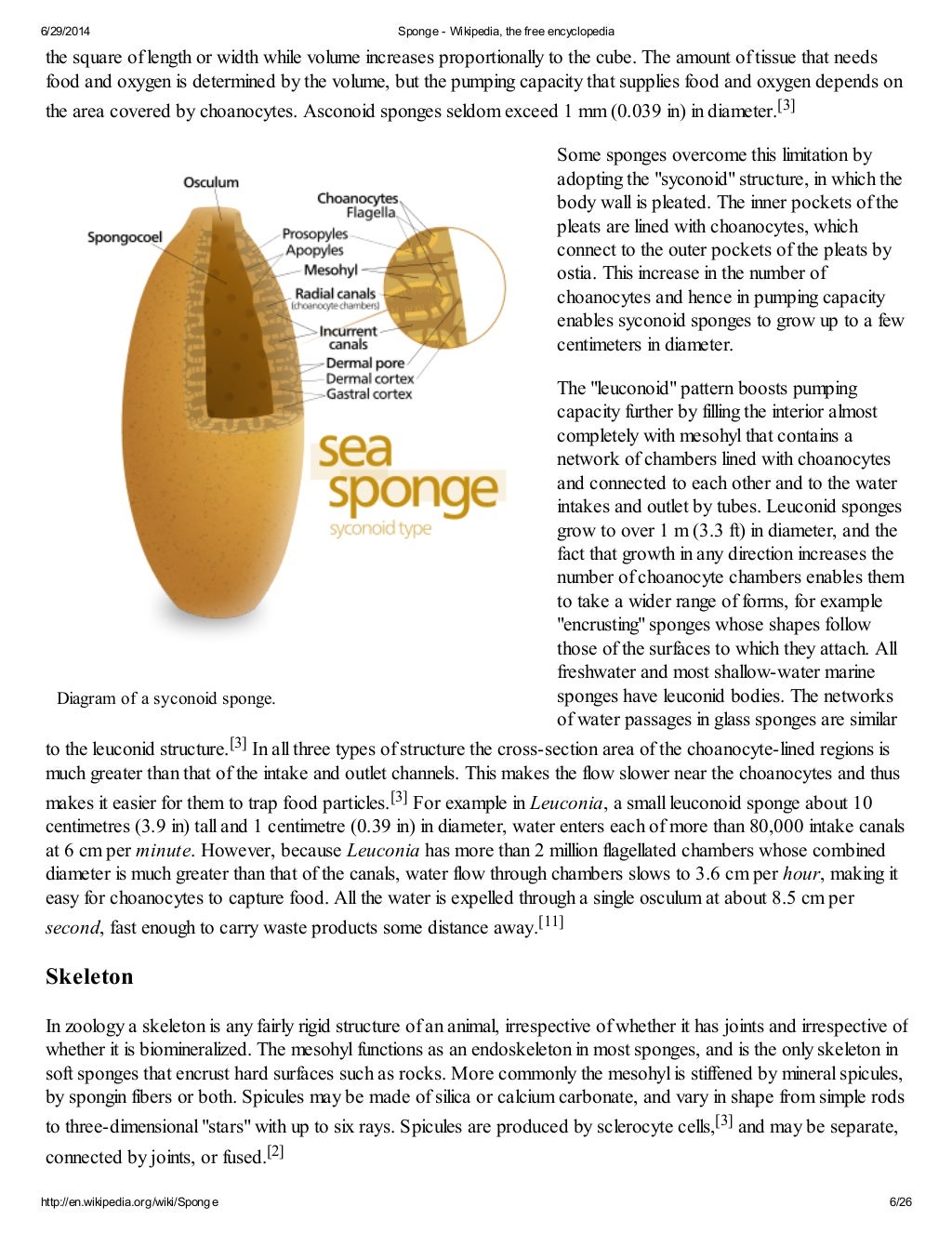

To eat without being eaten requires alertness and quick escape responses. While eating, they are vulnerable to attack. Grazers therefore must consume a large quantity of it and spend a larger percentage of their time eating than predators do. A disadvantage of such food, however, is that it is nutrient poor. Grass and algae are palatable foods that offer little or no resistance to being eaten, but are adapted to survive grazing and quickly replace the lost biomass. They include animals as diverse as snails, grasshoppers, geese, rodents, kangaroos, and hoofed mammals. Grazers crop grasses and other ground plants on land or scrape algae and other organisms from surfaces in the water. Many animals use mixed strategies, shifting from one method to another as different kinds of food become available, or using combinations of methods simultaneously. Thus, theories of feeding are concerned with such issues as food choice, prey switching, sensory mechanisms for recognizing and locating food, optimal search strategies, overcoming the defenses of food organisms, and how to compromise between finding food and not carelessly falling prey to some other hunter.įollowing are some of the basic methods that animals use to acquire food. In addition to energy, they must acquire specific nutrients, such as certain salts, which provide no energy but are crucial for survival. Obviously, animals must gain more energy from their food than they expend in searching for it, capturing it, and consuming it. For example, the Everglades kite (a small hawk) feeds on just one species of snail, and many feather mites can survive on just one species of bird.īehavioral ecologists who study feeding strategies are often concerned with theories of optimal foraging.

Others are food specialists (stenophagous), feeding on a narrow range of foods. Coyotes, opossums, and humans are good examples. Some animals are food generalists (euryphagous) that is, they eat a wide variety of foods. Consequently, animals have a variety of feeding strategies to meet these challenges. Almost every living species is eaten by something else, but food varies in its spatial distribution, seasonal availability, predictability, how well hidden or easily detected it is, how much competition for it exists, and whether or not it can resist being eaten.

A large percentage of an animal's life is occupied with acquiring food. All animals are heterotrophic, meaning they must eat other organisms, living or dead, to acquire organic nutrients.


 0 kommentar(er)
0 kommentar(er)
